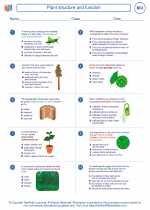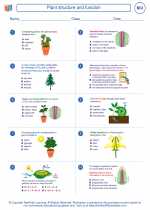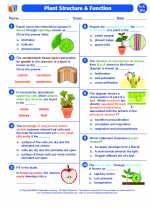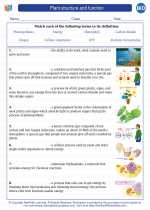Lubricant
A lubricant is a substance that is used to reduce friction between surfaces in mutual contact, which ultimately reduces the heat generated when the surfaces move. Lubricants may be solids (such as graphite and molybdenum disulfide), fluids (such as oil and water), or semisolids (such as grease).
Types of Lubricants
There are several types of lubricants, including:
- Fluid Lubricants: These include oils and greases, which are used to reduce friction between moving parts.
- Solid Lubricants: These include materials like graphite and molybdenum disulfide, which reduce friction between surfaces in solid form.
- Dry Lubricants: These lubricants are in the form of powders or sprays and are used in situations where a wet lubricant cannot be used.
Functions of Lubricants
Lubricants serve several important functions, including:
- Reducing friction between moving parts
- Preventing wear and tear on surfaces
- Helping to dissipate heat generated by friction
- Protecting against corrosion and rust
Study Guide
When studying lubricants, it's important to understand the different types of lubricants, their functions, and the properties that make them effective. Here are some key points to focus on:
- Understand the difference between fluid, solid, and dry lubricants.
- Learn about the properties that make a substance an effective lubricant, such as viscosity, adhesion, and cohesion.
- Study the functions of lubricants and how they contribute to reducing friction and wear.
- Explore the different applications of lubricants in various industries, such as automotive, aerospace, and manufacturing.
By understanding these key points, you will have a solid foundation in the study of lubricants and their importance in reducing friction and wear in mechanical systems.
.◂Biology Worksheets and Study Guides High School. Plant structure and function

 Worksheet/Answer key
Worksheet/Answer key
 Worksheet/Answer key
Worksheet/Answer key
 Worksheet/Answer key
Worksheet/Answer key
 Vocabulary/Answer key
Vocabulary/Answer key
 Vocabulary/Answer key
Vocabulary/Answer key
